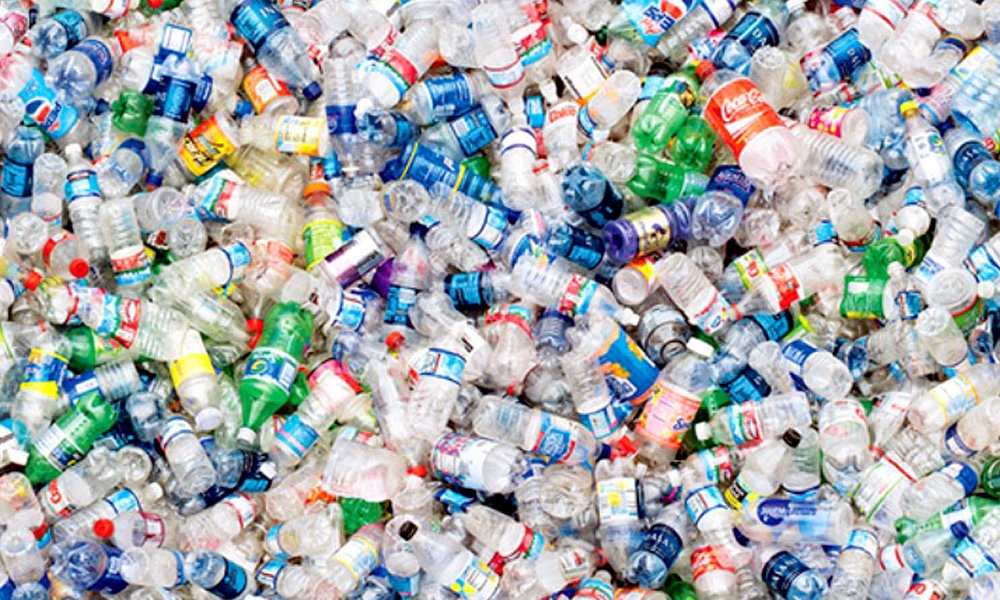Parents used to put plastic covers on furniture to protect it from kids; now, it's children who need to be protected from plastics. From food wrappers to water bottles, even chewing gum, plastics are everywhere. That's worrisome because an extensive new scientific review warns that chemicals commonly used in plastics may pose serious risks to children's health, risks that can last into adulthood.
The analysis, led by experts at NYU Langone Health, pulled together decades of research from hundreds of studies. It focused on three common chemical groups used in everyday plastic products:
- Phthalates, which make plastics flexible
- Bisphenols like BPA, which add rigidity
- PFAS or perfluoroalkyl substances, which give plastics heat resistance and the ability to repel water
To understand the scale of the problem, the authors reviewed findings on studies that involved thousands of pregnant mothers, fetuses and children.Plastics have become an inescapable part of modern life. But, as this study shows, the chemicals inside them may have lifelong consequences, particularly for children.
The results were sobering. It showed that exposure to endocrine disrupting chemicals was tied to increased risks of obesity, infertility, heart disease and asthma, along with concerns about brain development and attention-related disorders.
“Our findings point to plastic's role in the early origins of many chronic diseases that reverberate into adolescence and adulthood,” the study's lead author, Leonardo Trasande, the Jim G. Hendrick, Professor of Pediatrics at NUY Grossman School of Medicine and Director of the Division of Environmental Pediatrics, said in a media release. “If we want kids to stay healthy and live longer, then we need to get serious about limiting the use of these materials.”
The sweeping review examined hundreds of studies from around the globe, many of which followed children and families over long periods. Researchers tracked health outcomes alongside known exposure to plastic-related chemicals. By combining this evidence, the authors were able to map out consistent links between early life exposure and long-term conditions.
They also considered how plastics behave in real-world settings. For instance, when plastic products are heated, used repeatedly or undergo chemical treatment, they release tiny particles, both microplastics and nanoparticles, that are easily ingested or inhaled. Once inside the body these particles don't just sit idle. They can trigger chronic inflammation, disrupt hormones and interfere with normal development, particularly in young children.
This problem is pervasive because, as we know, plastics are everywhere. Food packaging, bottles, cosmetics and cash register receipts contain these chemicals. For families trying to reduce exposure, this can feel overwhelming, but the researchers stress that practical steps are possible.
“There are safe, simple steps that parents can take to limit their children's plastic exposure without breaking the bank,” notes Trasande. That includes swapping plastic containers for glass or stainless steel, avoiding microwaving or dishwashing plastics, and steering clear of unnecessary single-use items.
While personal choices matter, the review emphasizes that solutions must also come from broader public policy. The authors call for stronger regulations on nonessential plastics, especially in low-income communities where exposures can be highest and health disparities greatest.
Their findings also tie into international efforts. More than 100 countries are negotiating the United Nations Global Plastics Treaty, aiming to set binding limits on production. Trasande points out that the financial stakes are high. His team estimates U.S. healthcare costs related to plastic exposure may reach $230 billion annually.“There are safe, simple steps that parents can take to limit their children's plastic exposure without breaking the bank.”
The researchers also stress taking a balanced approach to curbing plastics use that acknowledges plastics' value. Plastics remain essential in certain medical settings, such as feeding tubes for premature infants and masks that prevent infection. The key, they argue, is distinguishing between necessary and unnecessary use.
Plastics have become an inescapable part of modern life. But as this study confirms, the chemicals inside them may have lifelong consequences, especially for children. With growing evidence and mounting global concern, the question is no longer whether plastics affect health, but how urgently we act to protect our future generations.
The study is published in The Lancet: Child and Adolescent Health.





